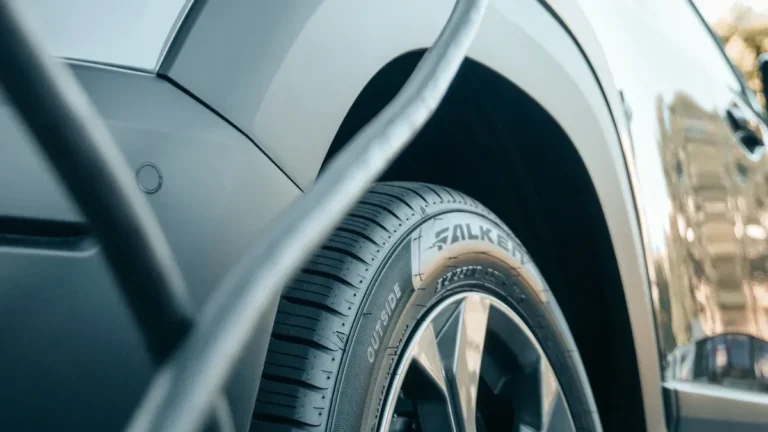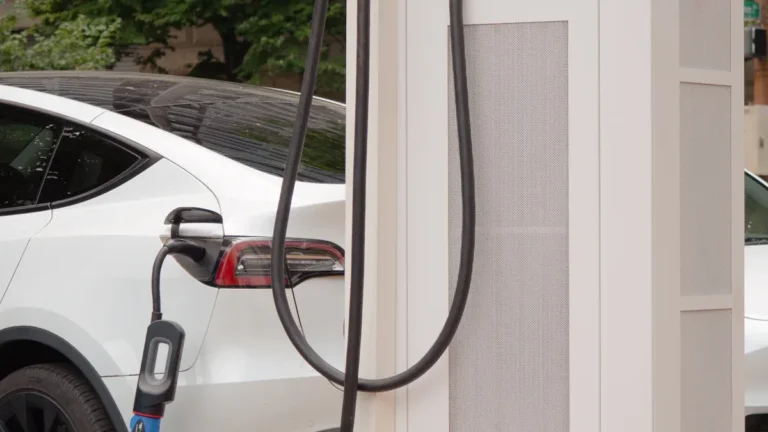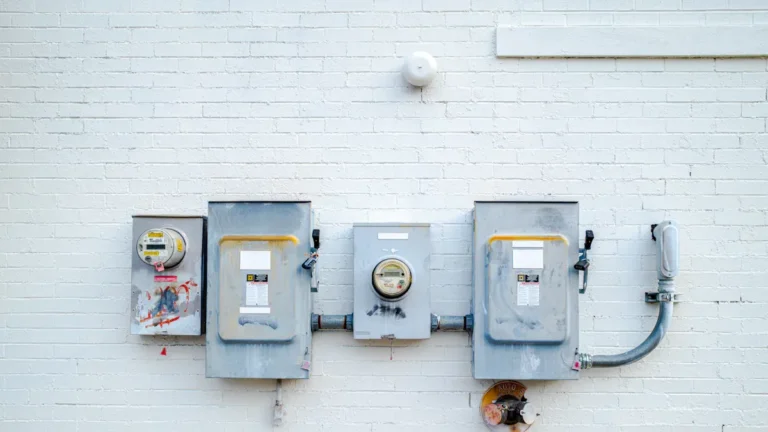As electric vehicles (EVs) continue to rise in popularity, more and more drivers are grappling with a basic question: How do you pay for EV charging? Whether you’re charging at home or on the go, understanding the ins and outs of paying for charging services can save you both time and money. From finding the best places to charge to navigating various payment methods, there’s plenty to unpack. So, buckle up as we dive into everything you need to know about paying for EV charging, including ways to cut down costs.
Where Can You Charge Your Electric Car?
One of the conveniences of owning an electric vehicle is the flexibility in charging locations. There are three main places you can charge:
At Home
Charging at home is perhaps the most convenient and cost-effective method. Most EV owners install a Level 2 charger (240V) in their garage or driveway, which significantly reduces charging time compared to a standard outlet. Home charging allows you to plug in overnight and wake up with a fully charged vehicle.
At Workplaces
Some employers offer workplace charging as a benefit to employees. These charging stations can typically be found in office parking lots or company-owned garages. Workplace charging is especially useful if your commute requires more battery power than your vehicle can hold, or if you want to “top off” during the day.
At Public Charging Stations
Public charging stations are scattered across cities, highways, and even rural areas. These stations vary in terms of speed and payment options. They include DC fast chargers for quick recharges and Level 2 chargers that take a bit longer but are more widely available. Public stations are particularly useful for long road trips or when you need a charge away from home or work.
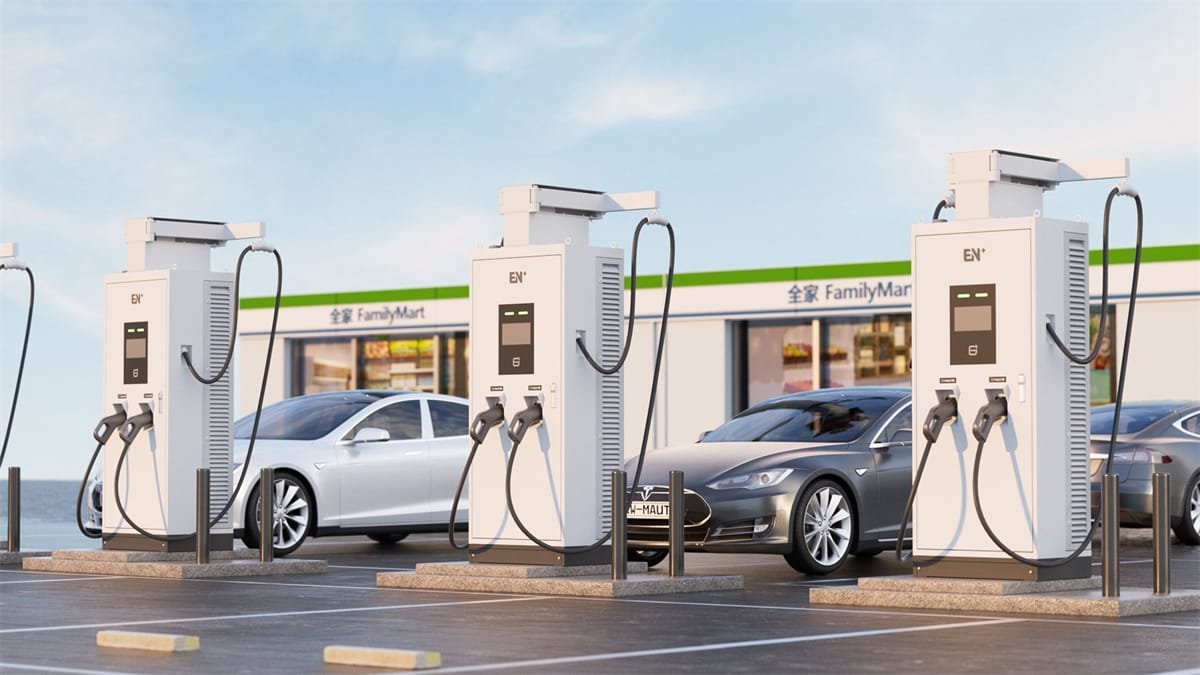
How to Pay for EV Charging at Home
Paying for EV charging at home is straightforward since it’s part of your usual electricity bill. However, your costs depend on your local electricity rates, how often you charge, and how much energy your vehicle requires. If you install a Level 2 charger, you may initially face some costs for equipment and installation, but after that, you’ll only be paying for the electricity you use.
Depending on your utility provider, you might have the option to take advantage of time-of-use rates. This means charging your car during off-peak hours, typically at night, could save you money compared to daytime charging when electricity rates are higher. Smart chargers can help you automate this process, ensuring that your vehicle charges when electricity is cheapest.
How to Pay for Public EV Charging
Public EV charging introduces more payment options, which can vary by location and charging network. Let’s explore the different ways to pay for public EV charging.
1. Charging Network Memberships
Many public charging stations are part of large networks like ChargePoint, EVgo, or Electrify America. These networks often offer memberships or subscription plans that give you access to their stations and may include lower rates for members. Payment is typically made through a mobile app, which allows you to locate stations, start charging, and pay directly.
- Subscription Plans: Some charging networks offer monthly subscriptions, where you pay a flat fee for unlimited charging or a set number of charging sessions. This can be beneficial for frequent public charging users.
2. Pay-as-You-Go
If you don’t have a membership with a charging network, you can still use most public stations through a pay-as-you-go option. Payment methods include:
- Mobile Apps: Charging networks usually have apps that allow you to locate nearby stations, check availability, and pay for a charging session. Simply create an account, link your payment method, and pay through the app.
- RFID Cards: Some networks provide RFID cards that you can use to start and pay for a charging session. You tap the card on the station’s reader to begin charging.
- Credit or Debit Cards: Many public charging stations accept credit or debit cards, similar to paying for gas at the pump. This is a convenient option for one-time users or those who don’t want to set up a membership.
3. Payment at Public Charging Stations
At public charging stations, the actual payment method depends on the provider. Stations often display instructions for paying through one of the following methods:
- Contactless Payment: Many stations allow for contactless payment via credit cards, Apple Pay, or Google Pay.
- Charging Apps: Most major networks allow you to activate a charging session via their app, which will automatically deduct the cost from your linked payment method. At EN-Plus, drivers can pay for their charging session on the Evchargo App.
- Station-Specific Payment Systems: Some stations have their own kiosks or built-in payment systems where you can swipe your card or tap your phone for contactless payment.
Public charging can be a bit more expensive than charging at home, especially if you’re using DC fast chargers, which provide a rapid boost of power. However, fast charging is invaluable when you’re on a long journey and need to get back on the road quickly.
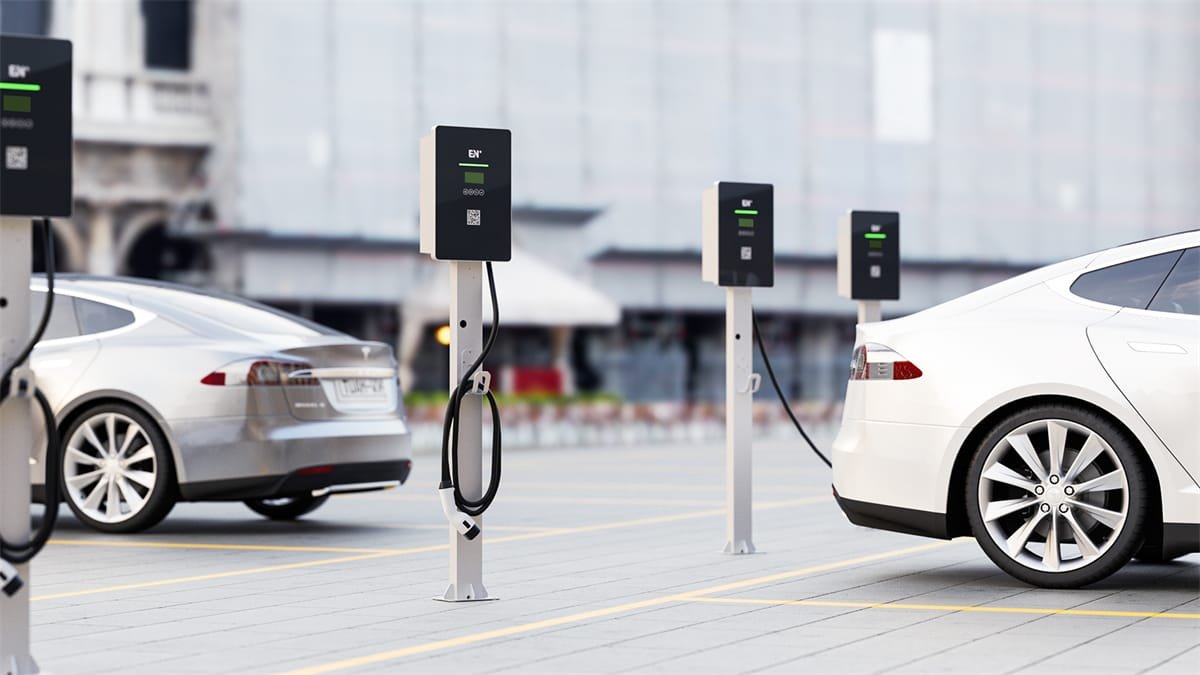
How Is Public EV Charging Often Billed?
Public EV charging is typically billed using a few common methods, each designed to account for the energy consumed and the time spent charging.
- Per Kilowatt-Hour (kWh): This is the most common billing method at public charging stations, especially at Level 2 and DC fast chargers. It’s also the standard for home charging, where your EV’s energy consumption is reflected in your monthly electricity bill.
- Per Minute: This is primarily used in public DC fast charging stations, where charging speed varies based on factors like the state of charge of the battery. It encourages drivers to unplug as soon as the battery is sufficiently charged, freeing up the spot for others.
- Flat Fee/Session Fee: This method is mostly seen at public stations in places like parking garages or shopping malls. Some workplace charging stations might also use this method to offer simple, predictable pricing.
- Subscription or Membership Fee: Subscription plans are generally designed for public charging networks. These memberships offer benefits like discounted rates or unlimited charging at public stations. Home charging doesn’t typically have subscription models but may benefit from time-of-use (TOU) electricity pricing through your utility company.
- Combination of Methods: This hybrid model of billing is specific to public charging stations. It allows operators to cover both energy consumed (kWh) and the time the vehicle occupies the charger (per-minute billing), often found at fast-charging networks.
What Affects the Cost of EV Charging?
While the billing model determines how you’re charged—whether by energy consumed, time spent, or through a subscription—external factors such as location, type of charger, and even the time of day can significantly impact what you ultimately pay.
One of the biggest factors is location. Charging stations in urban areas or high-demand locations, such as city centers or highways, often charge more than those in suburban or rural areas due to higher operating costs. The network operating the station also plays a role, as some providers have higher fees or membership discounts that affect pricing.
The type of charger also impacts the cost. Level 2 chargers, which are slower and often found in public parking lots or garages, tend to cost less per session or per kWh than DC fast chargers, which are designed for rapid charging on long trips. The convenience and speed of fast chargers usually come at a premium, especially for those who need a quick top-up while traveling.
Another cost factor is the time of day or time of use. Some charging stations or utility companies offer variable pricing based on demand, charging less during off-peak hours, typically late at night or early in the morning. Charging during peak hours, when electricity demand is high, can result in higher costs.
Finally, membership or subscription plans offered by charging networks can influence pricing. Regular users of a specific network might benefit from discounted rates or special deals by paying a monthly or annual subscription fee. Conversely, drivers who charge without a membership may pay higher rates on a per-session basis.
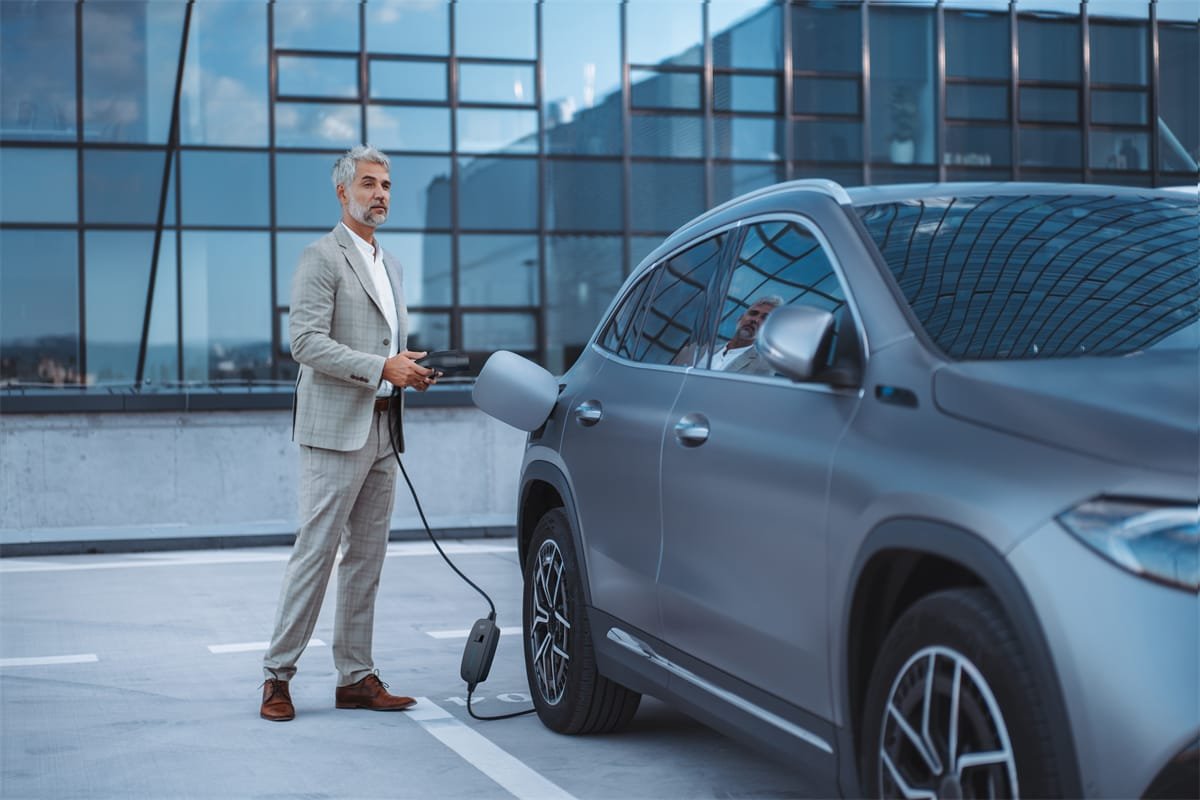
Is Free EV Charging Really Free?
One of the perks of driving an electric vehicle is the occasional opportunity for free charging. Many businesses—especially shopping centers, restaurants, and hotels—offer free EV charging to attract customers. While this is great in theory, keep in mind that it’s usually only free as long as you’re a paying customer at that establishment.
Free charging at workplaces is another benefit some EV owners enjoy, but this trend may change as EV adoption increases. It’s worth checking with your employer to see if free charging will always be available or if there are plans to introduce fees.
When you come across a free public charging station, you might also find that it’s slower than paid options or that it’s in high demand, leading to longer wait times. While free charging is a nice bonus when it’s available, it’s not something you can rely on for everyday use.
How to Save Money on EV Charging
Saving money on EV charging is easier than you might think. Here are some tips:
1. Charge During Off-Peak Hours: Take advantage of lower electricity rates by charging your EV during off-peak hours, usually late at night or early in the morning.
How Off-Peak Charging Can Save You a Lot
2. Use a Smart Charger: Smart chargers allow you to schedule charging sessions during cheaper electricity times, which can help you save on your monthly energy bill.
What’s Smart Charing and How Does It Work?
3. Join Charging Networks: If you frequently use public charging stations, consider joining a charging network. Membership plans often offer lower rates compared to pay-as-you-go pricing.
4. Look for Free Charging Options: Keep an eye out for businesses offering free charging as a promotion. While you may need to make a purchase, it can still be a cost-effective way to charge your vehicle.
5. Optimize Your Charging Habits: To maximize efficiency, avoid running your battery down to empty before charging. Frequent smaller charges can help preserve battery health and reduce overall charging time, which may save you money over the long term.
5 Tips to Prolong Your EV Battery Lifespan
6. Install a Home EV Charger: Although installing a home EV charger comes with an upfront cost, it can save you more in the long term. Home charging allows you to take advantage of lower electricity rates, especially during off-peak hours, and reduces reliance on more expensive public charging stations, making it a cost-effective solution.
Explore EN-Plus Home EV Chargers
Conclusion
As an EV owner, understanding how to pay for charging is essential to maintaining a smooth and cost-effective driving experience. Whether you’re charging at home, at work, or on the go, knowing your payment options will help you make the most of your electric vehicle. By taking advantage of charging networks, smart charging features, and off-peak electricity rates, you can significantly reduce the cost of charging your EV and enjoy the many benefits of driving electric.
